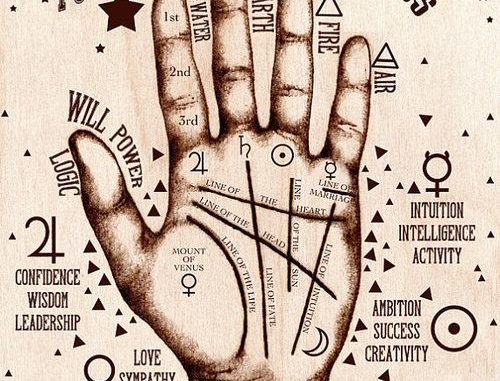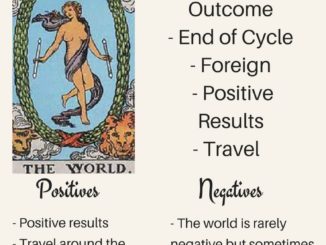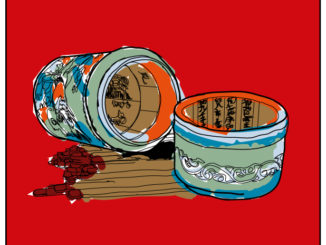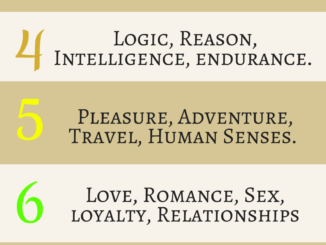
Cheiromancy is the art of foretelling a person’s likely future by knowing his or her character from reading the palm lines in their hands. The name is derived from the Greek cheir for “hand”, and manteia for “divination”. It is the old name for palmistry or palm reading, and is still in use today. It is at times spelt as Chiromancy or Kiromancy, as well as also referred to as Cheirology, Chirology, or Kirology.
However, Cheirology really means the study of the lines of the palm, without any kind of divination involved. Chirognomy and Chirosophy are related subjects – the former is the study of the shapes and bumps of the fingers and hands, and the latter is the study of the philosophical and esoteric aspects of palmistry.
Dermatoglyphics is another related area, which is the study of the skin ridge patterns found on the fingertips and in the palms to detect diseases. This is now mainly used in the identification of people through their fingerprints. Some believe palmistry’s origins to be in ancient Egypt. Even the Bible mentions palmistry as early as in the book of Exodus. The earliest known records of palmistry are in ancient scriptures found in India, where it developed into its present form.
Arab traders helped in spreading palmistry to far-off lands, and eventually to Europe, where the name ‘Cheiromancy’ was coined. The Romany gypsies, famous for their skills in this art, also helped to spread it from India and the Middle East to Europe.
Chinese and Japanese palmistry have their roots in Cheiromancy, although many interpretations are somewhat different. For example, Chinese palmists can read a person’s whole character just from examining the thumb alone. Another facet of Chinese palmistry is that the right hand is read for men, and the left hand for women.
In the 19th century, two Frenchmen, Casimir D’Arpentigny and Adrien Desbarrolles, separately carried out definitive studies on finger and hand shapes, and the lines of the palm, respectively. They are considered to be the co-founders of modern hand analysis, as Cheiromancy is now called. “The Practice of Palmistry”, published in 1897, was written by someone called Comte De Saint-Germain, a name adopted by various persons during the last few centuries. This prodigious work is packed with drawings and explicit meanings, and well regarded in some circles.
The most famous and colourful palmist we know of is Cheiro, who named himself after Cheiromancy. He started practising in the late 19th century, was very skilful and popular, and was patronised by the rich, the famous and the royal. He wrote several books on palmistry which are still used today as the basis of palmistry, such as “Cheiro’s Language of the Hand”.
William G Benham conducted extensive and detailed research on palm lines and wrote the ‘bible’ of palmistry, “The Laws Of Scientific Hand Reading”. First published in 1900, it has been reprinted as “The Benham Book of Palmistry: A Practical Treatise on the Laws of Scientific Hand Reading”, and is used by many in the profession.
Palmistry as practised today is not pure Cheiromancy, as it routinely incorporates principles of other schools of palmistry, as well as elements of the individual palm reader’s interpretations. Many palmists also use various other new age skills in their palm readings, such as psychic sense, astrology, numerology, and holistic healing.
The basis of Cheiromancy, however, remains the same – reading the lines in the palms of our hands is the key to understanding ourselves so we can live happy and fulfilling lives.
Proudly WWW.PONIREVO.COM
by Pat F



